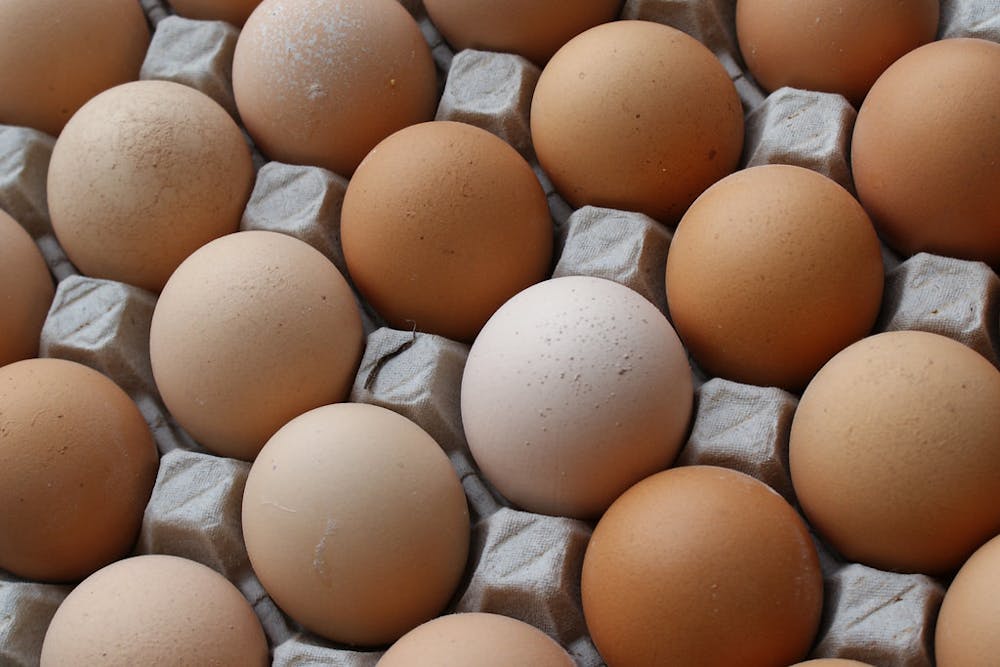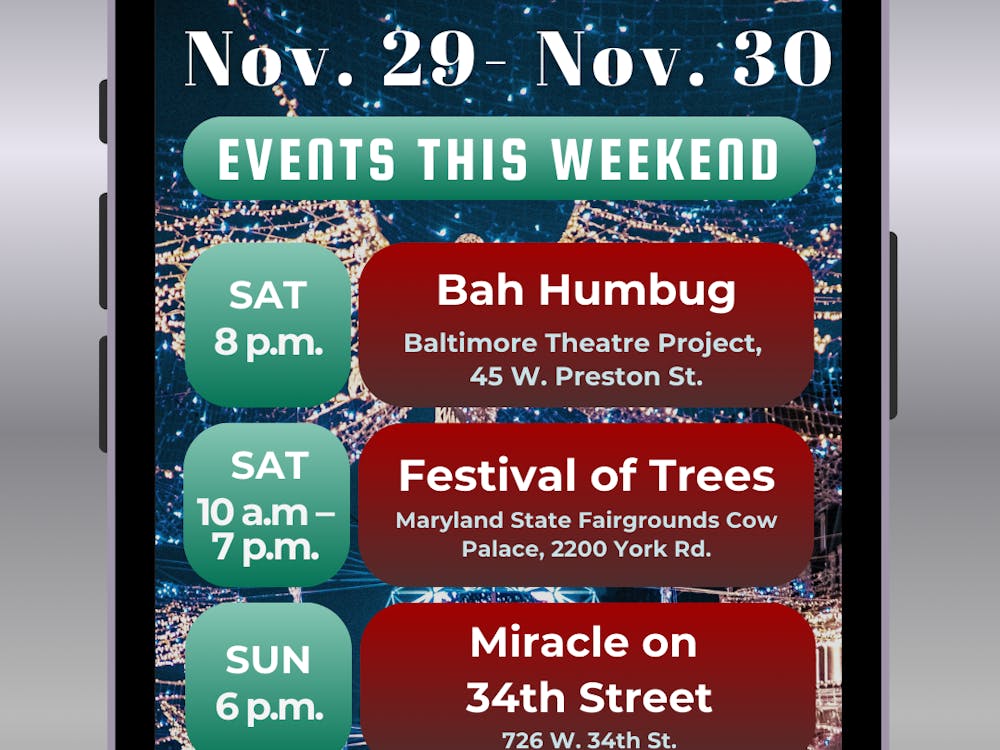Welcome back from winter break! Even though the weather might be cold outside, the science world is still hot with new stories! This week, we have details about the virus causing the spike in egg prices, a change in the Doomsday Clock and the possibility of science slowing down.
Avian influenza behind the spike in egg prices
Alas, the classic broke college kid protein is no longer as affordable as it used to be. While the U.S. Department of Agriculture estimates that a dozen eggs cost $1.79 in December 2021, that price has risen to $4.99 a dozen at the local Giant and led to some amusing memes on the Internet.
It turns out that a recent outbreak of highly pathogenic avian influenza is behind the shortage of the breakfast staple. While avian influenza is generally not harmful to the wild birds that carry it, infection in domesticated birds such as chickens causes their immune system to go haywire, leading to a 90–100% mortality within 48 hours. In response to the outbreak first detected last February, farmers culled their flocks to prevent the disease from spreading. As a result, nearly 44 million chickens have died in the past year and reduced the national egg supply by 7.5%.
The Centers for Disease Control (CDC) has stated that the risk for a human outbreak of this influenza virus is low — only one individual in the past year tested positive for the virus. This person worked with infected birds, and the CDC noted that it is possible his case was a false positive. While it may take several months for farmers to repopulate their chicken supplies, now might be a good time to switch from eggs to pancakes for breakfast.
Doomsday Clock set 90 seconds to midnight
Members of the Bulletin of the Atomic Scientists set the Doomsday Clock to 90 seconds until midnight on Tuesday. The Doomsday Clock is a symbolic approximation of how close humanity is to “midnight,” or global catastrophe either from nuclear war or climate change. When the clock was first set in 1947, it was placed at seven minutes to midnight. 90 seconds is the closest the clock has ever been to midnight. Members explained the decision to set the clock forward in response to the Russian invasion of Ukraine, which has heightened the risk of nuclear conflict and hindered international conversations on climate change.
Is science slowing down?
An analysis of 45 million papers and 3.9 million patents from the past six decades has found that modern papers are less likely to be “disruptive,” meaning they are unlikely to revolutionize any given field. However, researchers noted that this does not mean that papers are of lower quality or that there are fewer papers being published, but rather that any one given paper is not likely to push a field substantially forward. Although this study has sparked a flurry of online conversation on the cause of the slowdown, the authors considered specialization as a potential culprit. For example, instead of being a biologist, a scientist might consider themselves a molecular entomologist that specializes in studying a specific type of beetle. As fields become increasingly minute, researchers may have to spend more time learning their fields instead of gaining broader knowledge that could be used to advance them.





